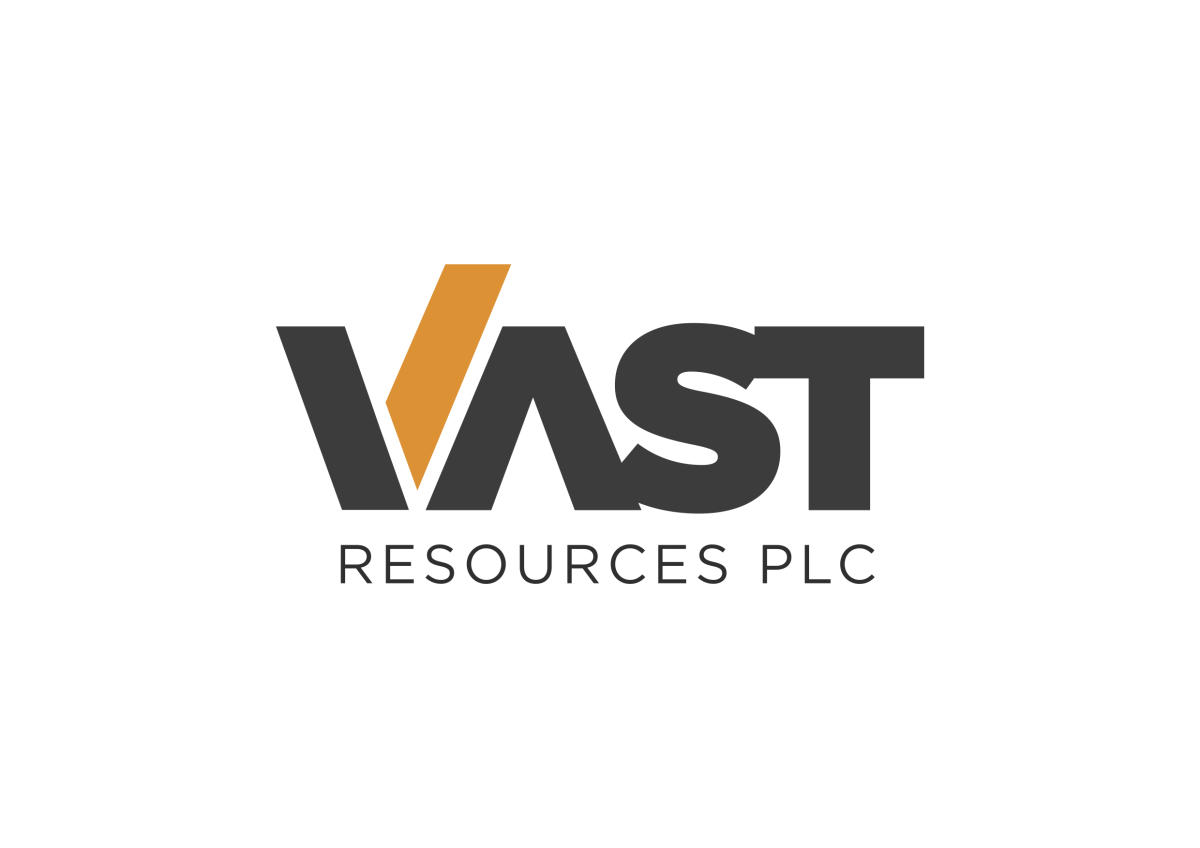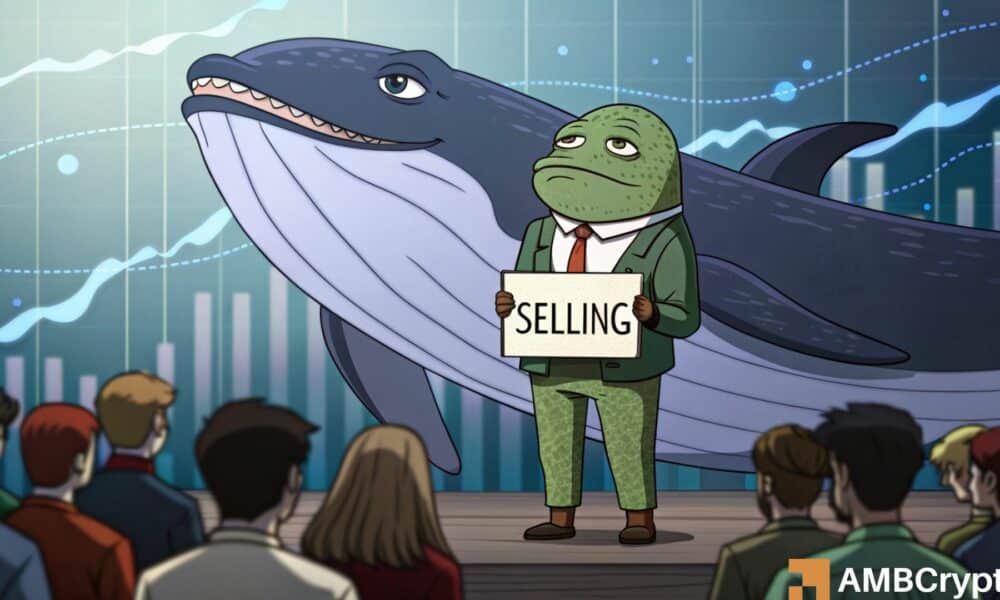In many ways, gauging the impact of the Federal Reserve lowering interest rates is like predicting when ice will thaw. We know something’s happening, but it takes a while, and there’s not much to look at.
You are viewing: How it affects your bank accounts, loans, credit cards, and investments
The Fed has cut short-term interest rates twice this fall, including a jumbo half-point discount to kick off the lower-rate season in September. Market watchers widely expect another quarter-point cut when the Fed meets Dec. 18.
So what results can we see? When it comes to your money — checking and savings accounts, CDs, mortgages, and other loans — it often takes fractions to measure the impact.
This embedded content is not available in your region.
You may have noticed an incremental change in the meager interest you earn on your deposit accounts.
Many checking accounts pay a pittance — pennies on the dollar. Yet, the cash is moving in and out — mostly out? — of your account as you pay bills. It’s the convenience of liquidity that limits your earning power.
In other words, if your interest-earning checking account goes down from the current national average of 0.07%, it will be hard to notice.
Off-the-shelf savings accounts don’t pay much more. The latest average is under 0.50%, and it, too, is slipping lower. But this is not where savvy savers keep serious money.
High-yield savings accounts have been friendly money keepers during the period of higher interest rates — paying 4% to 5% or more. Now, they’re dropping below 5%, and some financial providers are posting rates below 4%.
This is one category where shopping really pays off. However, expect the contraction in these rates to continue.
See more : Where the next financial crisis could emerge
Dig deeper: 10 best high-yield savings accounts
If you have $10,000 or more that you want to keep on the sidelines but close by, money market accounts have been convenient — but low-paying. Interest nationally averages 0.66%.
Not much point to that.
A better option might be a high-yield money market account, where rates are still over 4%.
Read more: 10 best high-yield money market accounts
CD rates have been resilient, moving down just fractionally in recent months. A 12-month CD is averaging 1.83%, but you can find better deals if you’re willing to take the time to hunt them down — and park your money in a bank that may not be in your city.
Your minimum deposit and term will affect your rate.
Learn more: The best CD rates on the market
Mortgage rates have been the most stubborn of all. Home loan rates actually rose following the first Fed rate cut in September. Analysts said the Fed move was already “priced in” to mortgage rates.
Thing is, the Fed’s manipulation of overnight interest rates charged to banks doesn’t directly steer mortgage rates. Those are more influenced by the bond market, particularly the 10-year Treasury note. The bond market reacts to forecasts for economic growth — or the lack of it.
It will take more than incremental Fed interest rate reductions to bring down mortgage rates. Bad economic news can move rates down, such as a resurgence of inflation or a surprise recession. But who is hoping for that?
Housing industry analysts with the Mortgage Bankers Association, Redfin, Realtor.com, and Zillow expect mortgage rates to remain in the 6% to 7% range through 2025.
See more : Rachel Reeves says she has ‘iron grip’ on finances as borrowing costs surge | Gilts
Dig deeper: When will mortgage rates go down? A look at 2025
Personal loan interest rates have been hovering in the 12% range for well more than a year. They were around 9.5% for three years, from 2020 to 2022. Like mortgage rates, it will take time for them to get close to that again.
Here’s where we could get the most day-in and day-out relief. Credit card interest impacts everyone — except those who pay off their balance each month.
Of course, that’s a good thing to aim for, but in the meantime, c’mon, Fed, give us a break. Credit card rates have spiraled from around 15% in 2021 to over 21% in 2024.
There is no post-Fed rate hike data yet available on average credit interest, but it is one place where we should start seeing relief. Hopefully soon.
Dig deeper: What credit card users need to know about the Fed’s latest rate cut
Yahoo Finance tip: The best way to earn a lower credit card interest rate right away is to ask. If you make regular payments and have seen your credit score improving, it’s a good time to call your credit card provider and ask for a lower interest rate.
And then there’s your long-term money. Your investments for life after work. Lower interest rates generally fuel economic growth, which in turn powers the stock market.
However, retirement accounts should not be adjusted to short-term market moves. Once you have your risk appetite defined and an investing strategy in place, you’re set for years of interest rate cycles.
All that’s required is an annual review of performance and a reality check of your plan.
Read more: When the Fed lowers rates, how does it impact stocks?
Source link https://finance.yahoo.com/personal-finance/banking/article/fed-rate-cut-how-it-affects-your-bank-accounts-loans-credit-cards-and-investments-220526007.html
Source: https://summacumlaude.site
Category: News






